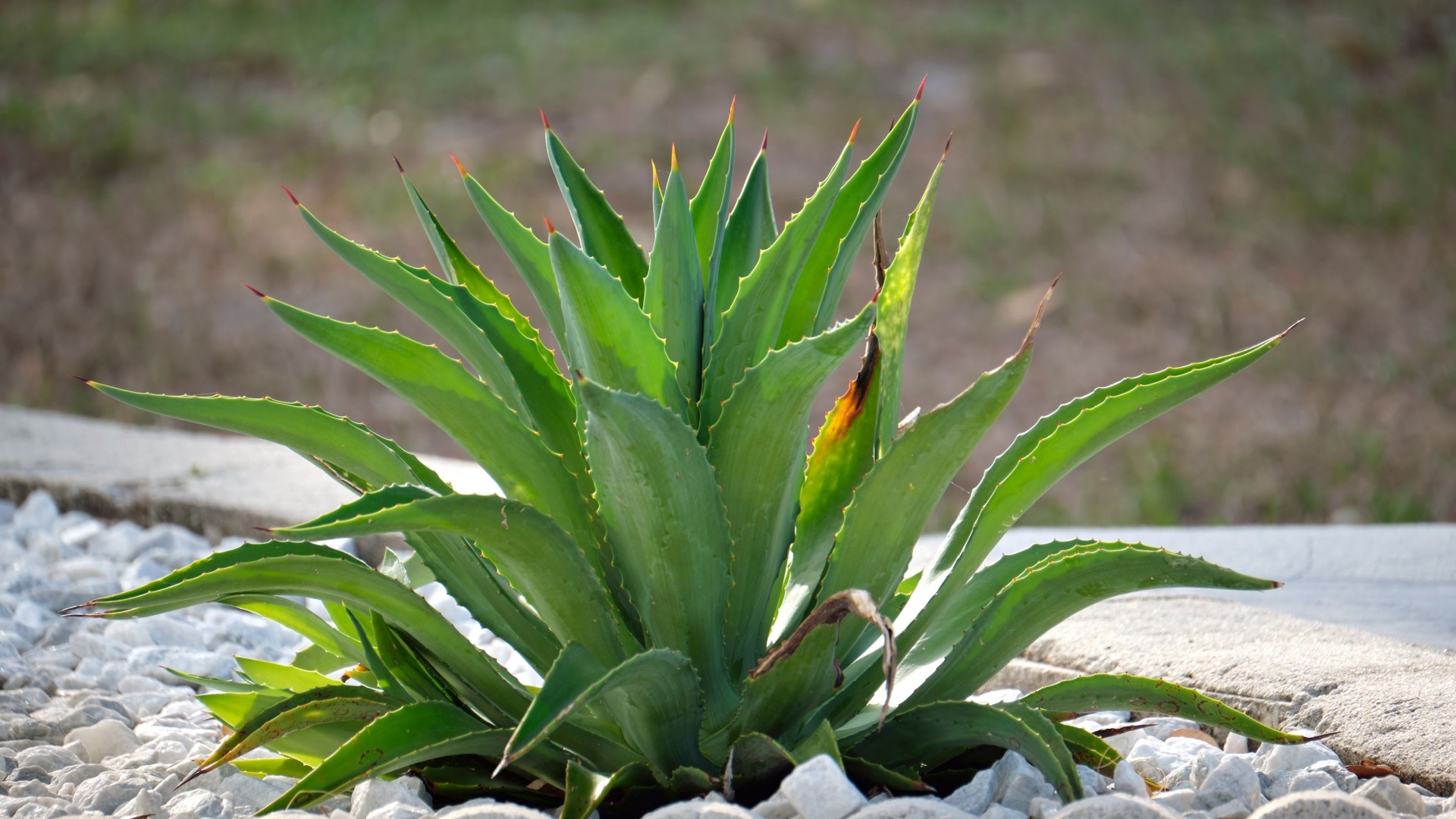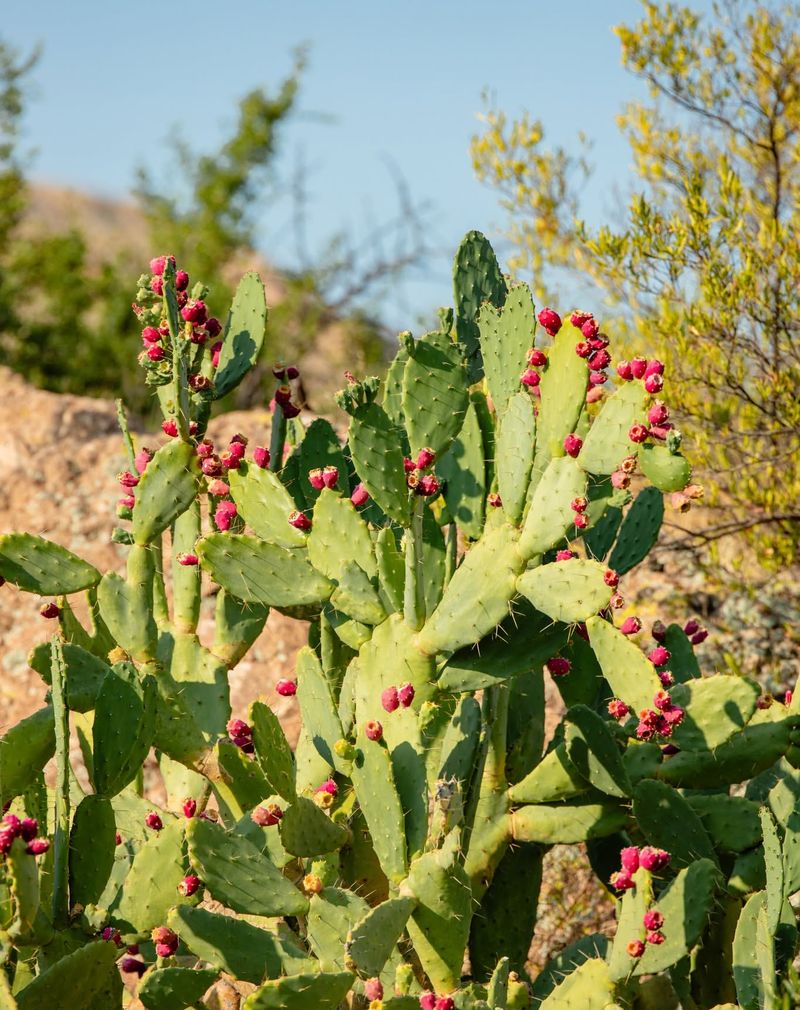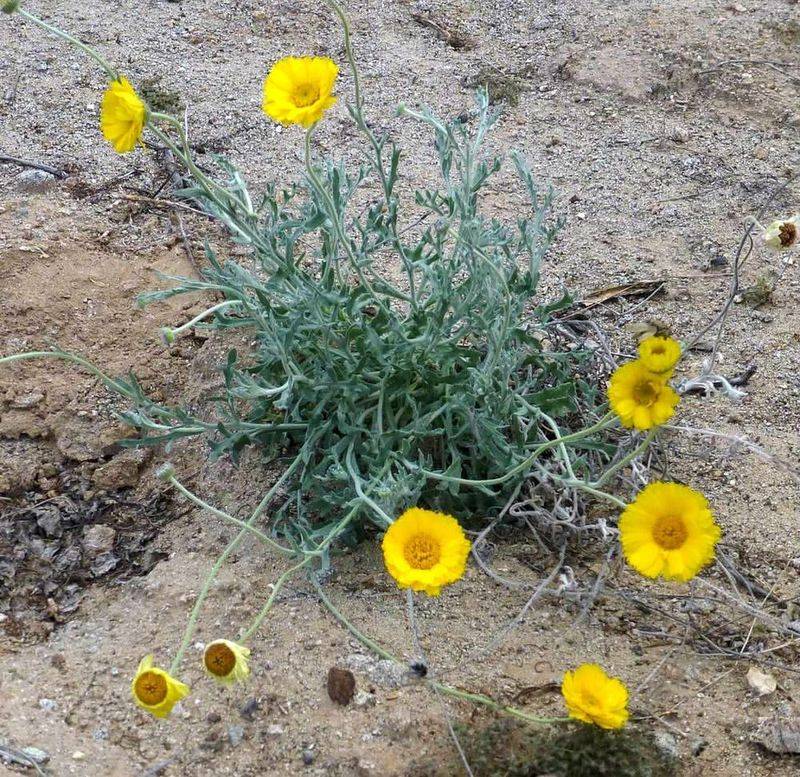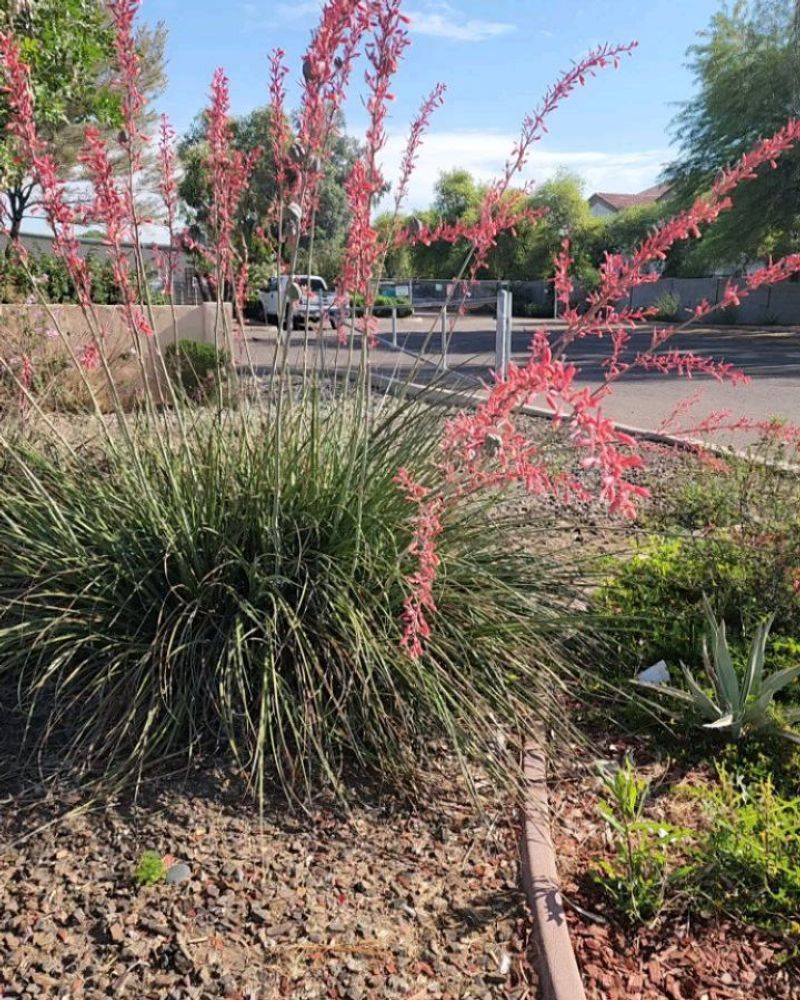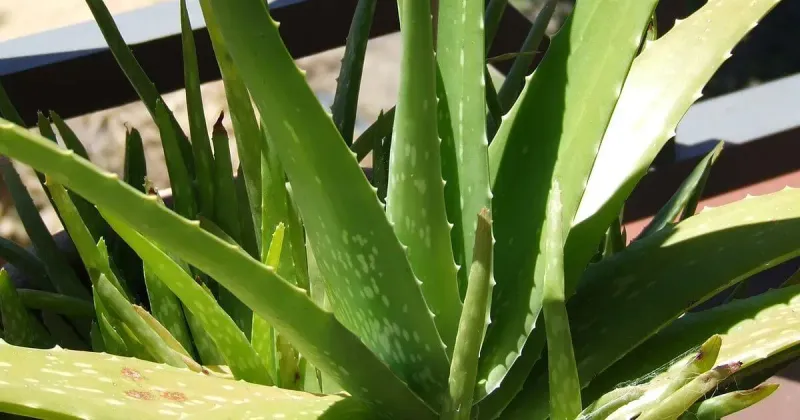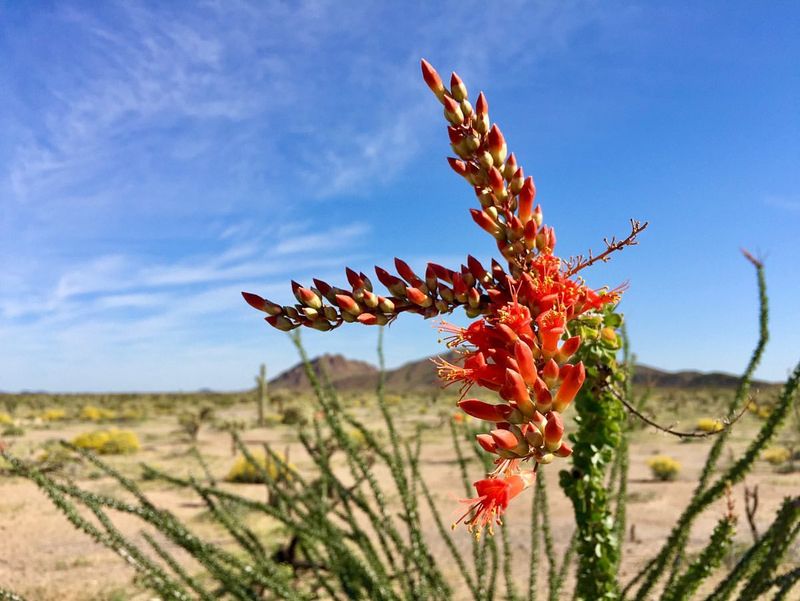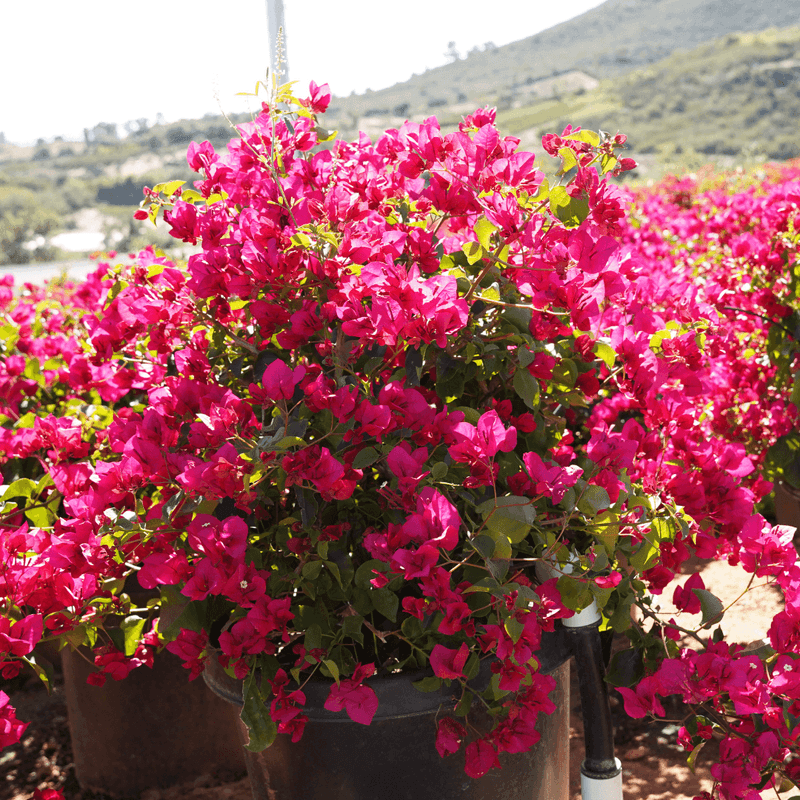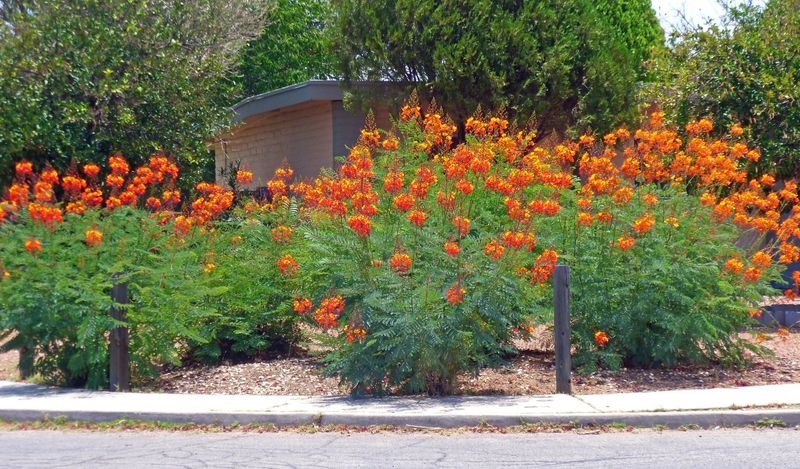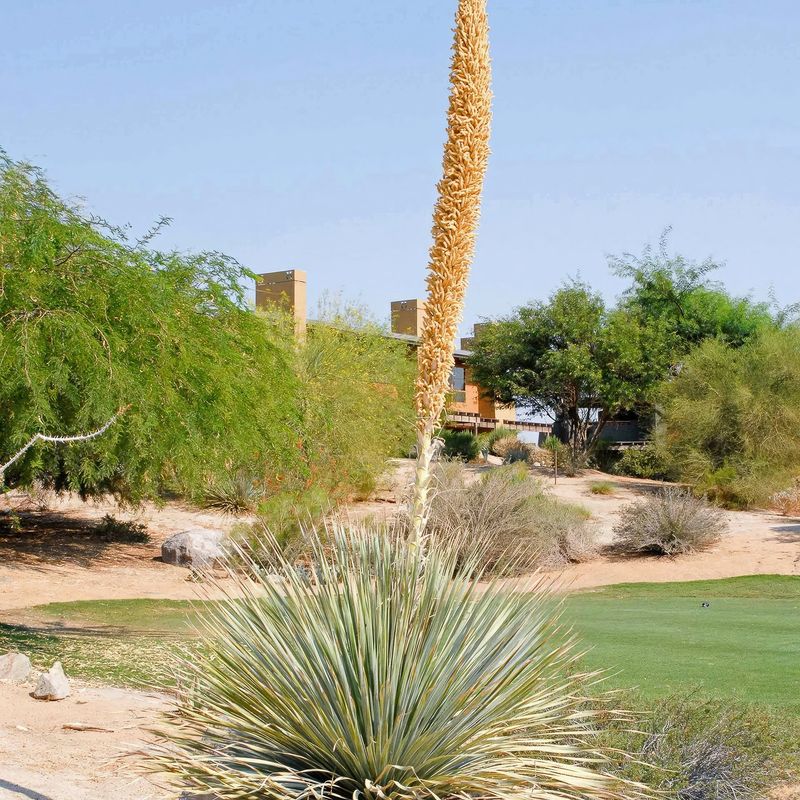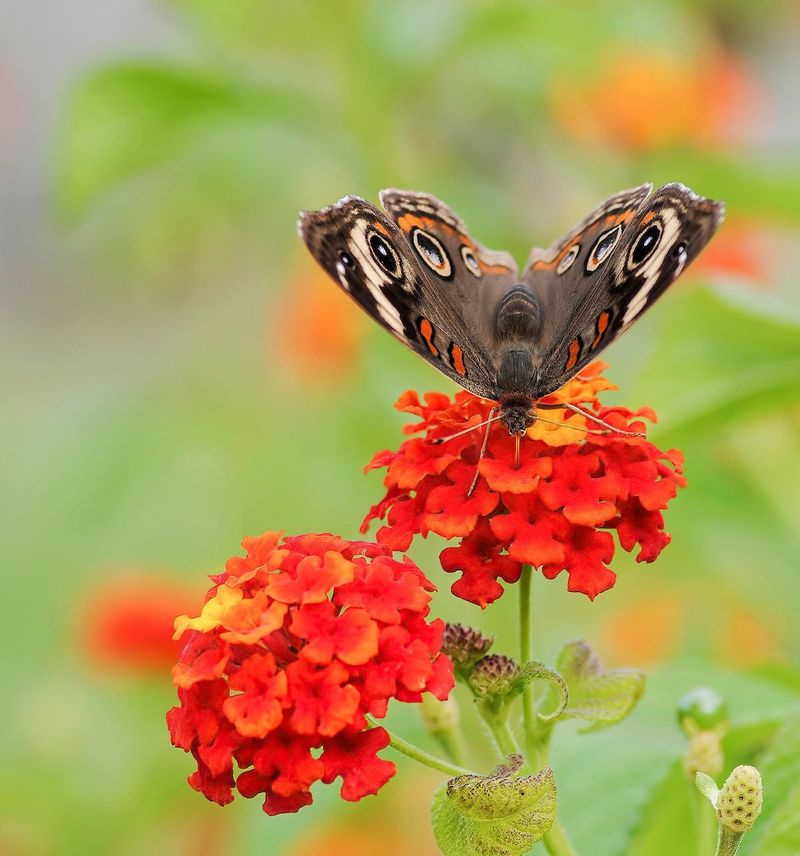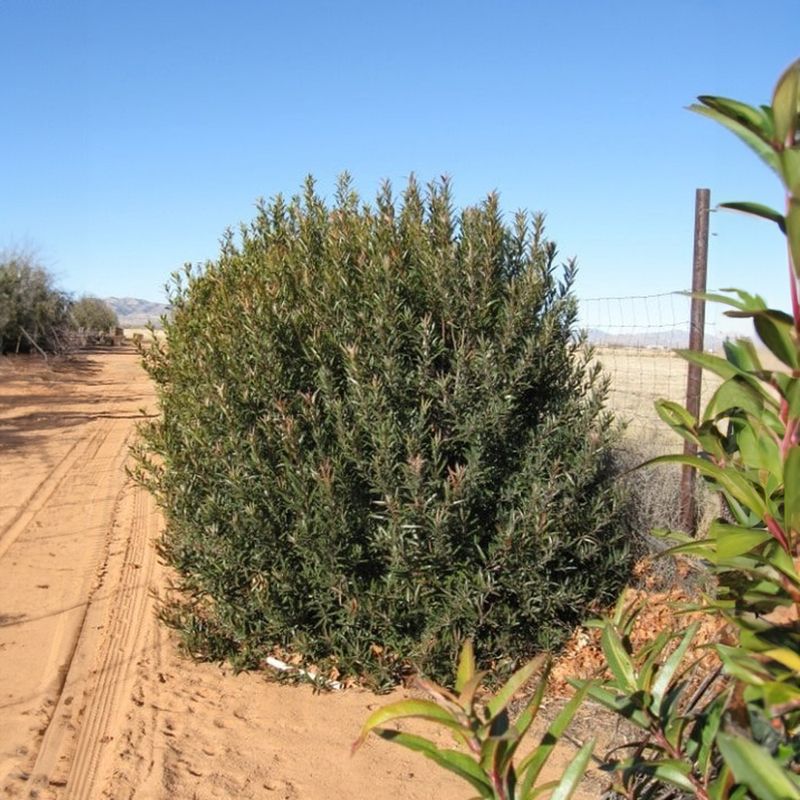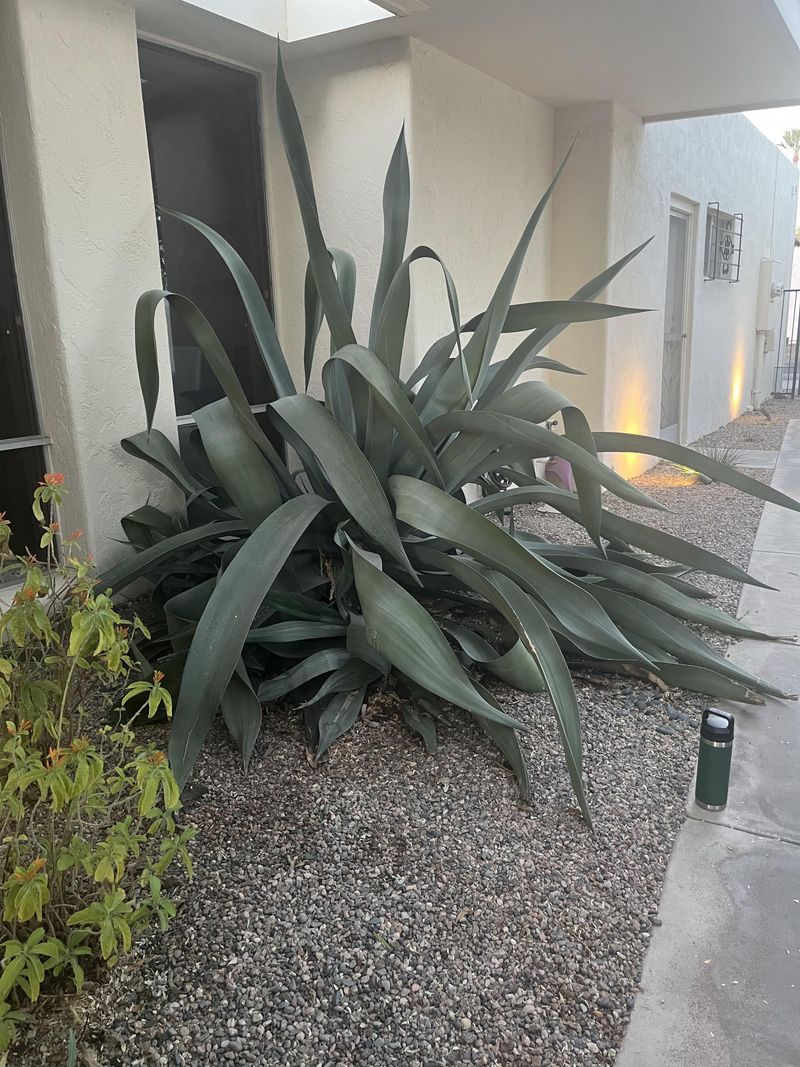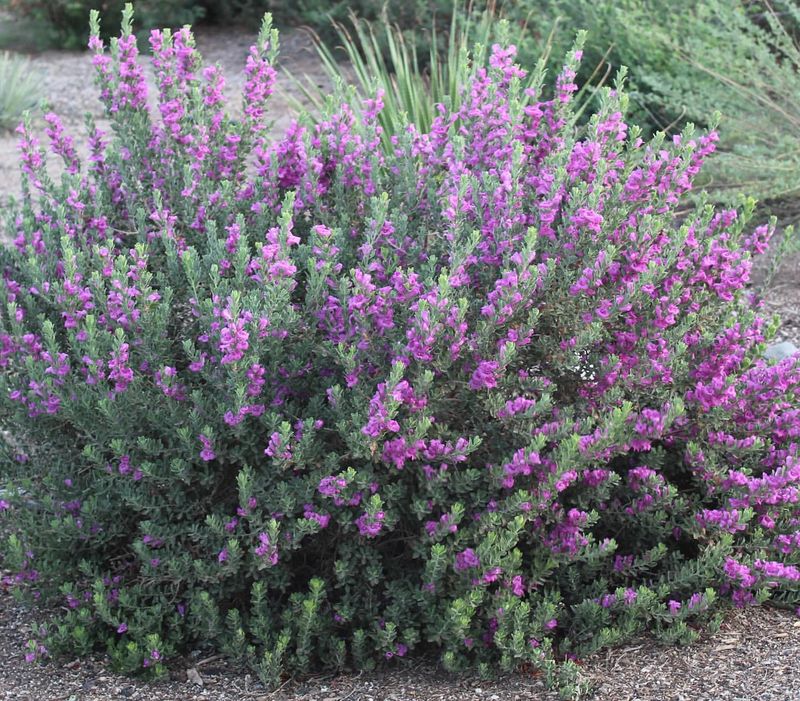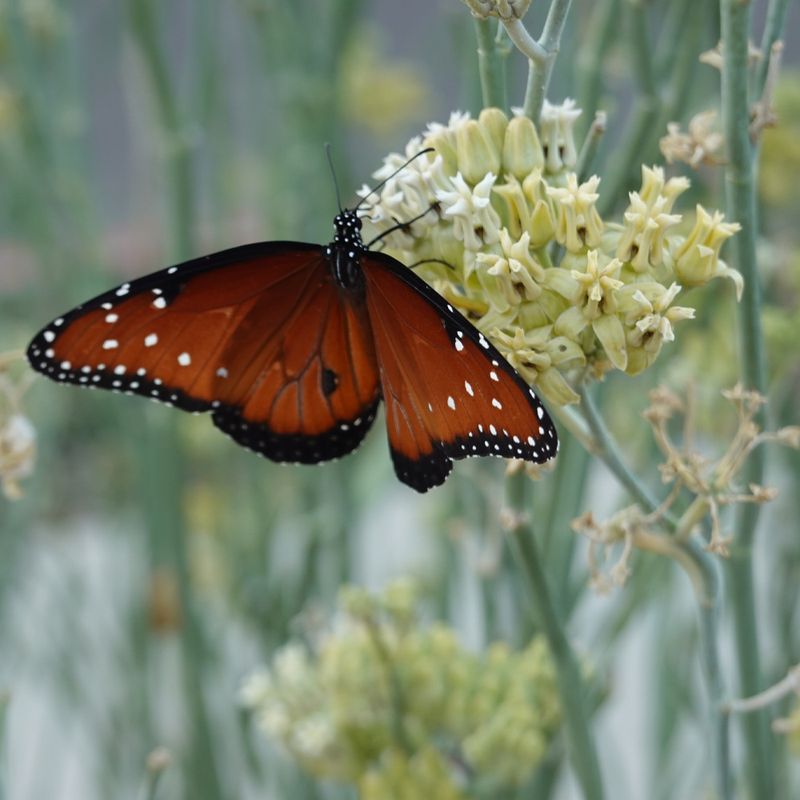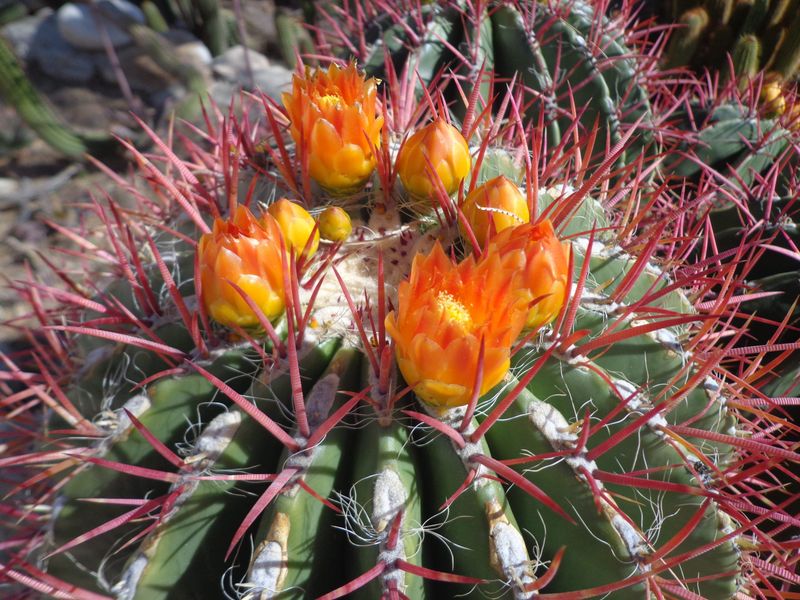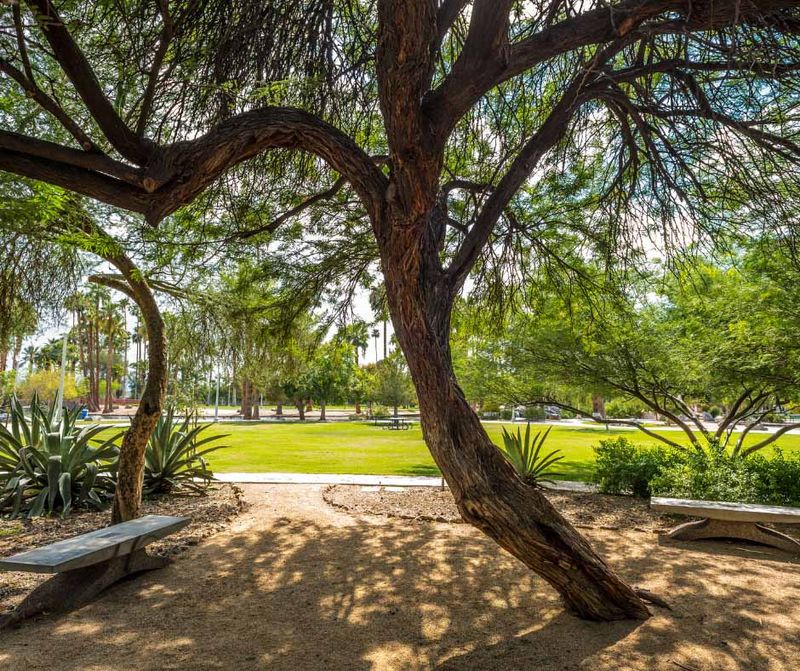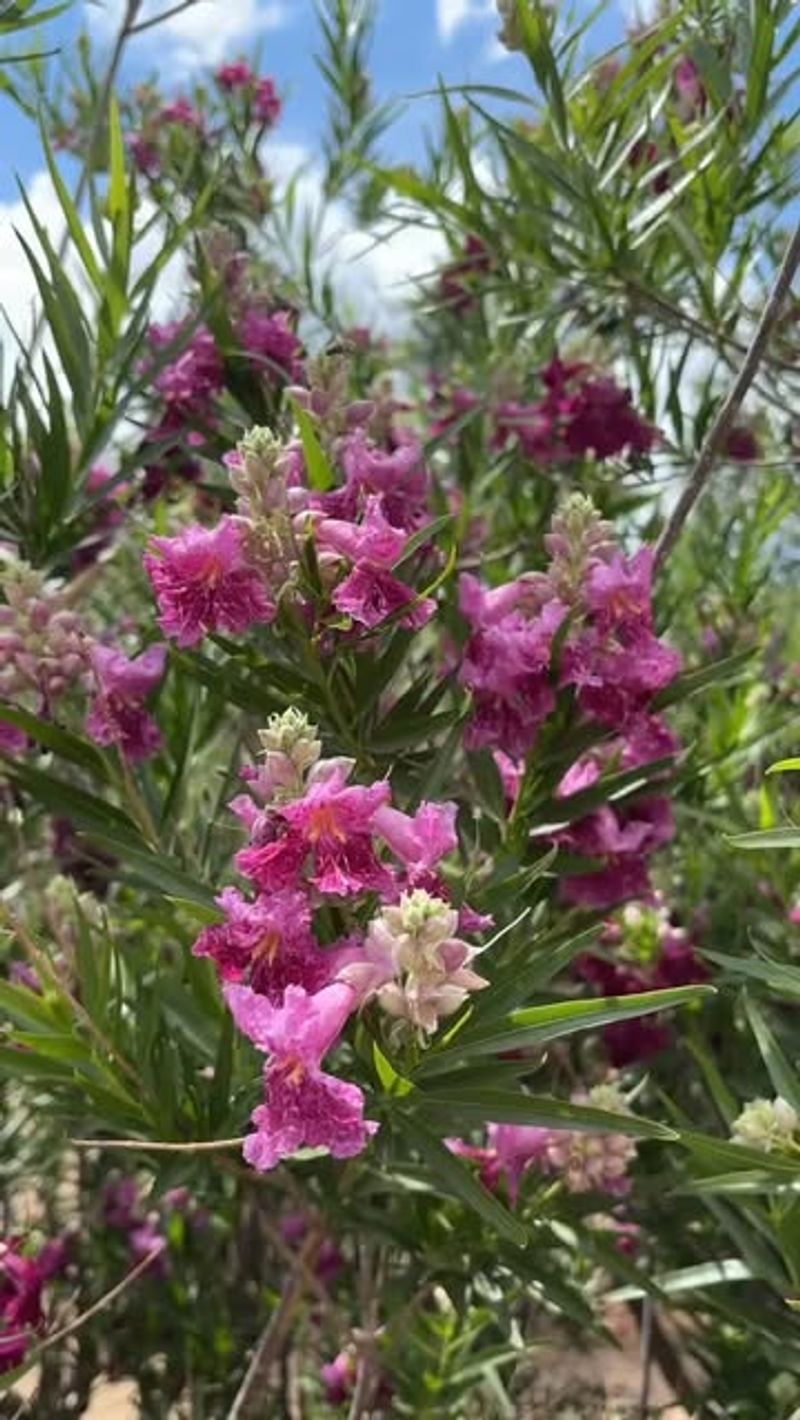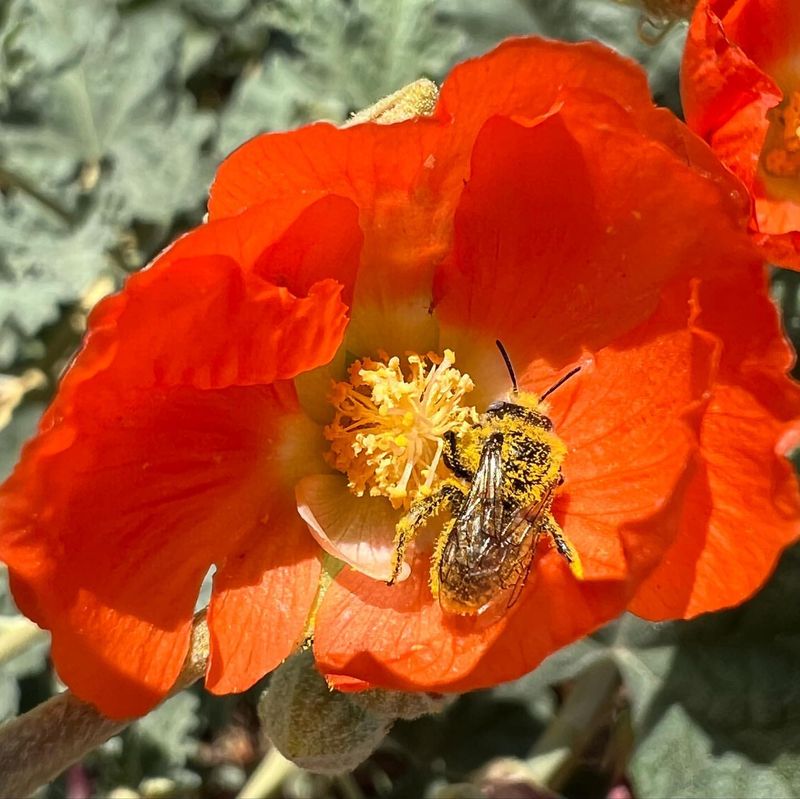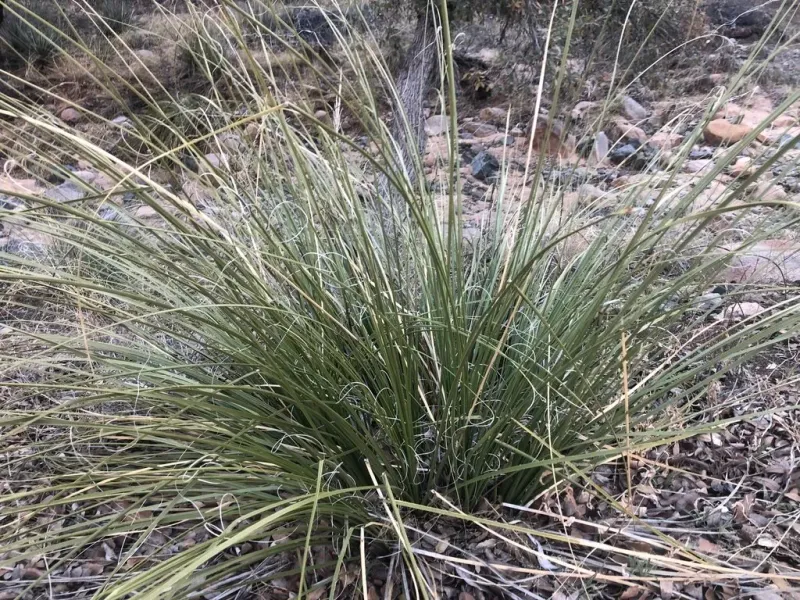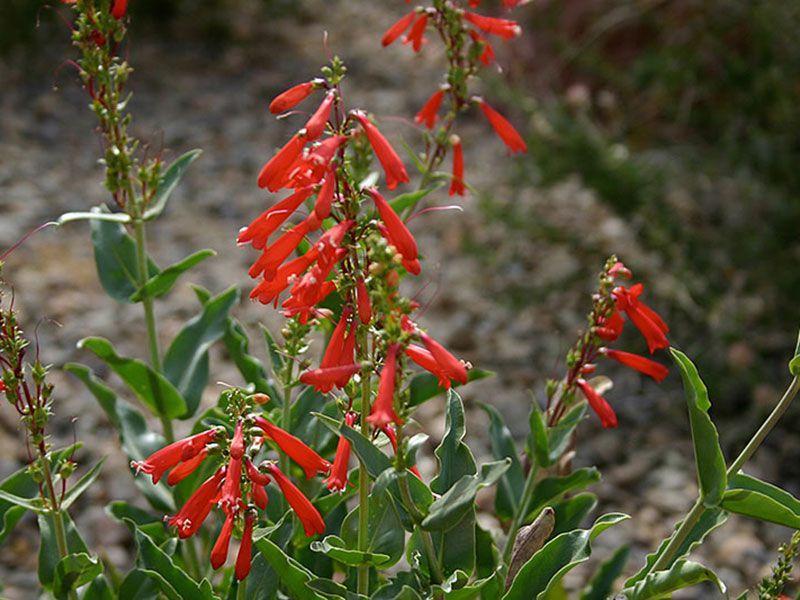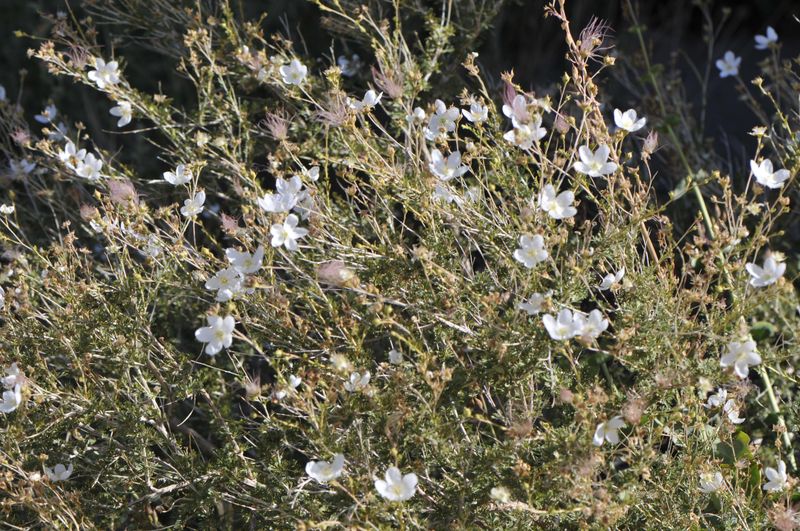Gardening in Arizona presents unique challenges due to the intense heat, minimal rainfall, and alkaline soil conditions. Many newcomers struggle to find plants that can withstand our scorching summers without constant attention.
The good news is that numerous plant species have adapted to desert conditions over thousands of years. These resilient beauties have developed specialized mechanisms to conserve water and tolerate extreme temperatures.
Whether you’re a busy homeowner or a gardening novice, incorporating these low-maintenance plants can transform your outdoor space into a thriving desert oasis that celebrates Arizona’s natural beauty rather than fighting against it.
1. Prickly Pear Cactus
No desert garden feels complete without these iconic paddle-shaped cacti. Their distinctive flat pads and colorful fruits (called tunas) add character to any landscape.
Water established plants just once a month in summer and rarely in winter. The yellow, orange, or pink blooms attract beneficial pollinators during spring.
As a bonus, both the pads and fruits are edible after proper preparation, offering a true taste of the Southwest right from your yard.
2. Desert Marigold
Sunny yellow blooms dance above silvery foliage throughout much of the year in Arizona gardens. These native wildflowers ask for practically nothing yet give everything.
Simply plant in well-draining soil where they’ll receive full sun exposure. Once established, they rarely need supplemental water except during extreme drought.
Watch as butterflies and native bees flock to these cheerful flowers that continue blooming even when summer temperatures soar past 100 degrees.
3. Red Yucca
Despite its name, this striking plant isn’t actually a yucca but belongs to the agave family. Tall flower stalks rise dramatically from fountain-like foliage, creating a sculptural presence.
Coral-pink tubular flowers attract hummingbirds from late spring through summer. Plant in full sun to light shade and provide minimal irrigation once established.
The deep root system helps this resilient plant survive extended drought periods while maintaining its architectural good looks year-round.
4. Aloe Vera
Healing properties meet garden beauty in this familiar succulent. The fleshy, serrated leaves store water efficiently, allowing aloe to thrive through Arizona’s hottest months.
Find a spot with morning sun and afternoon shade to prevent leaf burn. The occasional deep watering keeps these plants happy, but overwatering causes root rot.
Winter brings an unexpected bonus as tall stalks of orange-red tubular flowers emerge, attracting hummingbirds and adding vertical interest to your garden.
5. Ocotillo
Resembling an upside-down broom, this uniquely Southwestern plant creates unforgettable silhouettes against Arizona skies. The spiny stems appear dormant until rainfall, when they magically sprout small oval leaves.
Bright red tubular flowers crown the tips of stems in spring, becoming natural hummingbird feeders. Plant in full sun with excellent drainage and minimal water.
For an authentic touch, use ocotillo as a focal point or living fence—just be sure to give it plenty of room to spread its dramatic canes.
6. Bougainvillea
Cascades of paper-like bracts in magenta, purple, orange, or white transform ordinary walls and fences into spectacular displays. The actual flowers are tiny white blooms nestled within these colorful bracts.
Drought tolerance develops after the first year when roots establish deeply. Full sun exposure intensifies color while too much shade reduces flowering.
Minimal pruning is needed except to control size or shape, making bougainvillea perfect for busy gardeners who want maximum impact with minimum effort.
7. Mexican Bird Of Paradise
Exotic-looking yellow or orange flowers with long red stamens create a tropical feel despite this shrub’s remarkable heat tolerance. The fern-like foliage provides texture even when not in bloom.
Summer brings an explosion of flowers that continue into fall, attracting butterflies and hummingbirds. Light pruning in early spring encourages fuller growth and more abundant flowering.
Established plants survive on rainfall alone but appreciate occasional deep watering during extended dry periods for optimal appearance.
8. Desert Spoon
Architectural excellence defines this dramatic accent plant with its perfect symmetry and blue-gray coloration. The spoon-shaped base gives way to long, arching leaves that develop curly fibers along their edges.
Mature plants send up impressive 10-15 foot tall flower stalks that become natural wildlife habitats. Plant in full sun with excellent drainage and minimal irrigation.
Unlike many desert plants, desert spoon actually looks better without supplemental water, developing more compact, attractive forms when conditions are dry.
9. Lantana
Heat seems to energize these colorful flowering shrubs that bloom continuously from spring until the first frost. Clusters of tiny flowers in yellow, orange, red, purple, or multicolored combinations cover the plants.
Butterflies flock to lantana in droves, making it a must-have for wildlife gardens. Established plants rarely need watering except during prolonged drought.
Some varieties spread vigorously, creating excellent ground cover for erosion control on slopes where maintenance access is difficult.
10. Arizona Rosewood
Native evergreen shrubs like Arizona Rosewood provide year-round structure and privacy without demanding constant attention. The glossy dark green leaves create a lush appearance despite minimal water requirements.
Small white flowers in spring develop into red berries that attract birds. Growth is moderate, eventually reaching 15 feet tall with a similar spread.
Use as a natural screen, informal hedge, or small shade tree in areas where water conservation is essential but you still want a less spiny, more traditional-looking plant.
11. Agave
Sculptural rosettes of thick, pointed leaves make agaves perfect statement plants in modern or traditional desert landscapes. Different species offer varying sizes, colors, and textures.
Most agaves need only annual watering once established. Their shallow root systems make them ideal for rocky areas with minimal soil.
While they flower just once after many years of growth, the massive bloom stalks (sometimes reaching 20+ feet) create unforgettable garden moments before the parent plant completes its life cycle.
12. Texas Sage
Silver-gray foliage creates a cooling visual effect in hot Arizona gardens while requiring almost no supplemental water. After summer rainstorms, these native shrubs burst into purple bloom, earning their nickname “barometer bush.”
Full sun and well-draining soil keep Texas sage healthy and flowering abundantly. Avoid overwatering or planting in areas with poor drainage.
Minimal pruning maintains the natural rounded shape, though some gardeners shear them into formal hedges for a more structured look.
13. Desert Milkweed
Monarch butterfly populations need our help, and planting native milkweed creates essential habitat while adding beauty to your garden. The slender green leaves serve as the sole food source for monarch caterpillars.
Clusters of white and pink flowers appear throughout warm weather, attracting adult butterflies and other pollinators. Plants go dormant in winter but return reliably each spring.
Unlike common milkweed from other regions, desert milkweed is perfectly adapted to Arizona’s climate and needs almost no supplemental water once established.
14. Barrel Cactus
Round, ribbed forms topped with bright yellow or orange flowers make barrel cacti garden favorites that practically maintain themselves. Their distinctive silhouettes create strong focal points in desert-themed landscapes.
Plant in full sun with excellent drainage and resist the urge to water frequently. A single deep soaking during extended summer dry spells is sufficient.
Mature specimens develop a slight lean toward the southwest, earning them the nickname “compass cactus”—a quirky feature that adds character to your garden.
15. Mesquite Tree
Deep taproot systems allow mesquite trees to access groundwater far below the surface, making them incredibly drought-resistant. Their filtered shade creates comfortable outdoor living spaces without blocking all sunlight.
Feathery foliage remains on the tree through most of the year, providing habitat for birds and other wildlife. The bean pods can be harvested and ground into nutritious flour.
Choose from native varieties like velvet or honey mesquite for the best adaptation to local conditions with minimal irrigation needs.
16. Desert Willow
Graceful, willow-like leaves combine with showy orchid-like flowers on this native small tree that hummingbirds adore. Despite its delicate appearance, desert willow thrives in Arizona’s harshest conditions.
Trumpet-shaped blooms in pink, purple, or white appear from spring through fall, filling the air with a subtle sweet fragrance. Fall brings interesting seed pods that add winter interest.
Use as a patio tree, screen, or accent where you can enjoy the beautiful flowers and bird activity with minimal watering once established.
17. Globe Mallow
Apricot-orange cup-shaped flowers cover these native perennials in spring and again after summer rains. The gray-green foliage has a soft, velvety texture that adds interest even when not in bloom.
Extremely drought-tolerant once established, globe mallow thrives in poor soil where other plants struggle. The deep root system helps it survive extended dry periods.
Bees and butterflies visit the flowers regularly, making this an excellent choice for pollinator gardens that need to survive with minimal human intervention.
18. Bear Grass
Fountain-like clumps of narrow green leaves create year-round structure in desert gardens without demanding frequent watering. Despite the name, bear grass is actually a yucca relative, not a true grass.
Tall flower stalks emerge in spring, producing creamy white blooms that perfume the air with a sweet fragrance. After flowering, interesting seed heads provide additional texture.
Use in groups for dramatic effect or as accent plants in rock gardens where their architectural form creates strong visual interest with minimal maintenance.
19. Penstemon
Hummingbirds zoom straight to these tubular flowers that bloom profusely in spring and sometimes again in fall. Several native species thrive in Arizona, offering flower colors from scarlet to purple to pink.
Most penstemons prefer full sun and well-draining soil with minimal summer irrigation. Too much water, especially in summer, can cause root rot and plant death.
Firecracker penstemon, with its bright red blooms, and Parry’s penstemon, sporting hot pink flowers, are particularly well-adapted to low-water Arizona gardens.
20. Apache Plume
Don’t be fooled by its airy, delicate looks — Apache plume is one of the toughest natives you can grow in Arizona. This hardy shrub thrives in full sun, poor soil, and extreme heat while rewarding you with charming white blooms in spring and summer.
By fall, the flowers turn into feathery pink seed plumes that sway in the breeze, adding movement and softness to the desert landscape. Once established, Apache plume needs little to no supplemental watering and only light pruning to maintain shape.
It’s an excellent choice for filling in sunny spots, creating informal hedges, or softening the look of rock gardens — all while attracting bees, butterflies, and birds.

